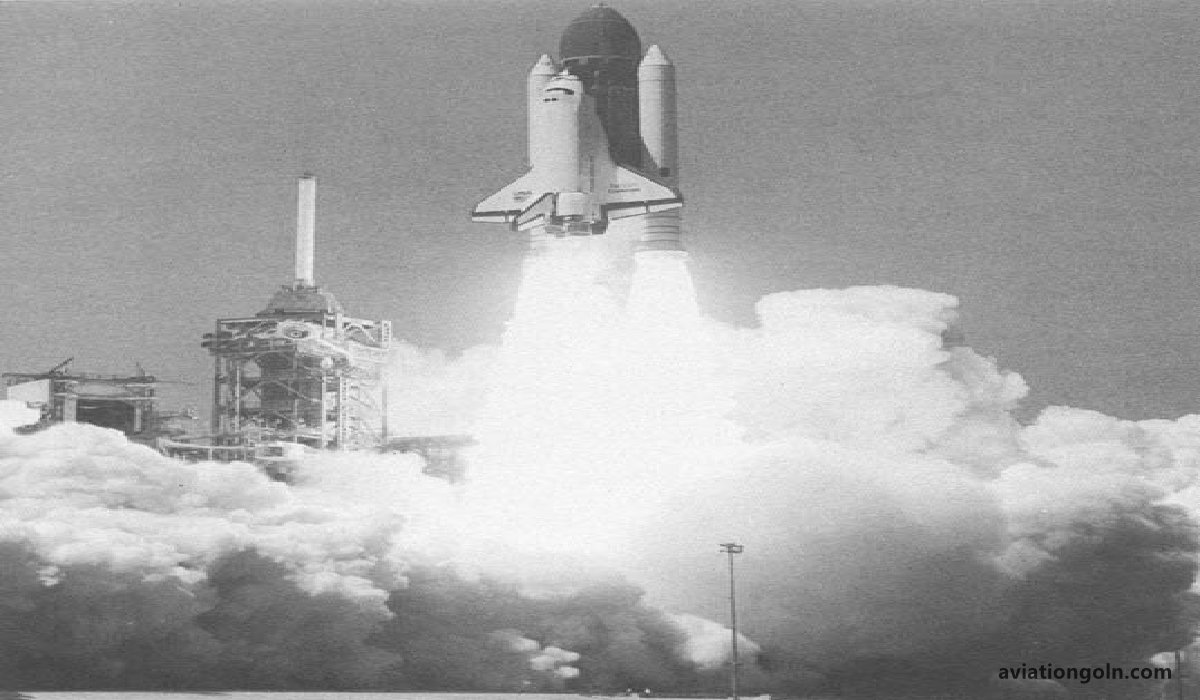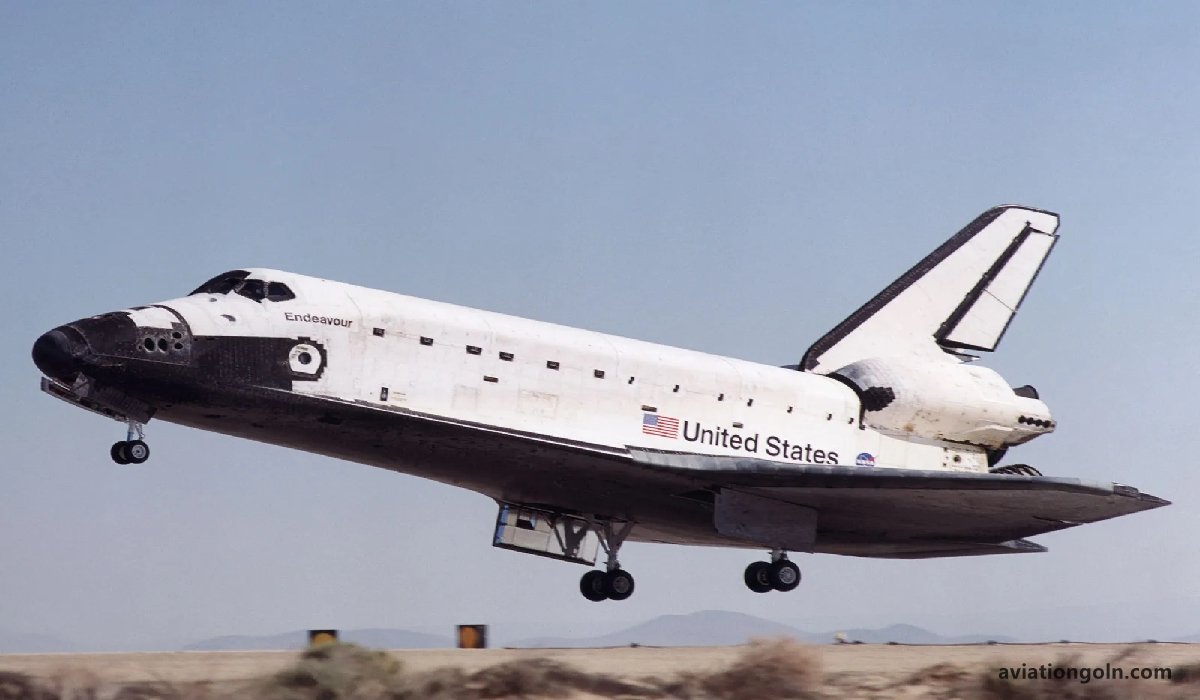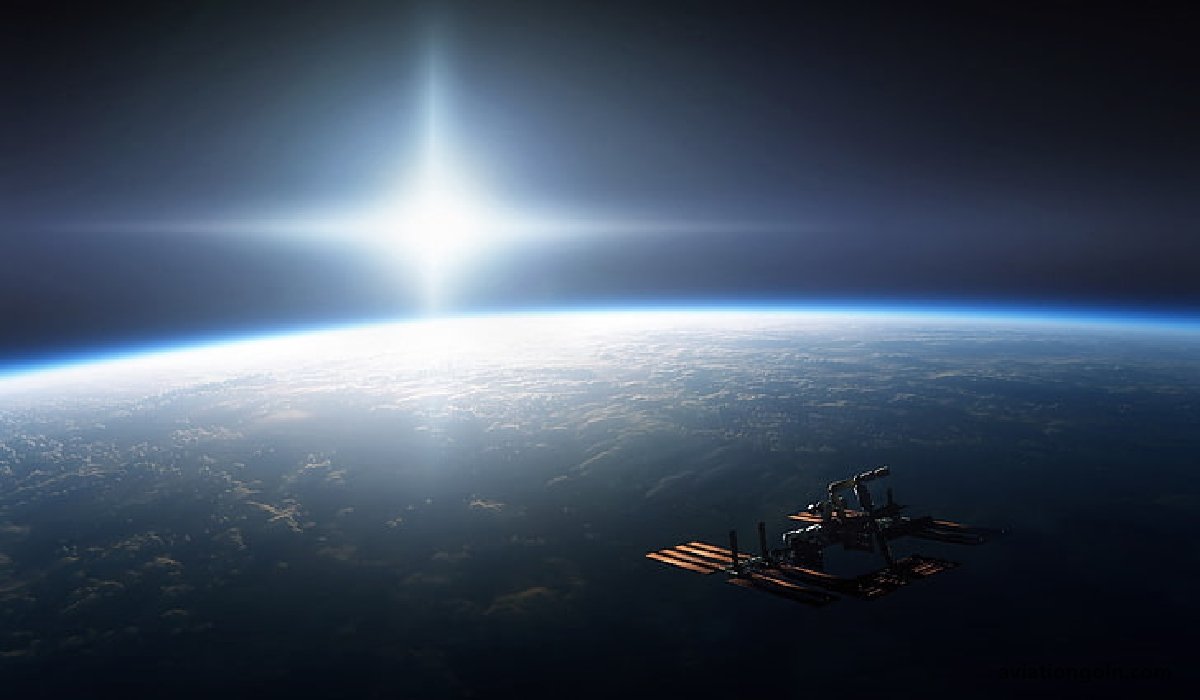Space Astronauts: Astronauts are the ambassadors of humanity’s exploration of space, symbolizing our innate curiosity about the universe and our insatiable desire to reach beyond our terrestrial confines. As the field of space exploration has advanced, so has the role of astronauts, transforming them from just pilots into scientists, engineers, and communicators. This article delves into the evolving world of space aviation careers, from the early days of spaceflight to the burgeoning commercial space industry.
Space Astronauts: Space Aviation Careers

I. The Dawn of Space Exploration
The term “astronaut” is derived from the Greek words for “star” and “sailor.” However, the profession’s inception was far from poetic. The Cold War’s political and ideological tensions led the U.S. and the USSR to the Space Race. The USSR launched the first human, Yuri Gagarin, into space in 1961, with the U.S. following suit with Alan Shepard.
These pioneers had backgrounds primarily as military test pilots. Their key qualifications? Physical fitness, a steel temperament, and adept flying skills. Their mission? To prove humans could survive in space.

II. Expanding the Scope
As the allure of the unknown grew, space missions became more ambitious. The Apollo program aimed to land humans on the Moon and bring them back. This mandate required astronauts with diverse skills. The astronaut corps began to include scientists, engineers, and medical doctors.
The Apollo missions saw astronauts like geologist Harrison Schmitt playing pivotal roles. By the time the Skylab program was initiated, the vision of astronauts had transformed significantly, requiring them to conduct scientific experiments in space.

III. The Shuttle Era
With the introduction of the Space Shuttle program in the 1980s, spaceflight was no longer just about exploration but also about construction, research, and international collaboration. The construction of the International Space Station (ISS) necessitated astronauts skilled in extravehicular activities (EVAs) or spacewalks, as well as those adept at operating the shuttle’s robotic arm.
This period also saw an increased focus on interdisciplinary training. Astronauts were no longer pigeonholed into a single role. They trained as pilots, robotic arm operators, spacewalkers, and scientists, ensuring a versatile skill set that could adapt to the mission’s demands.

IV. The International Flair
The creation of the ISS is a testament to international collaboration. Not only did the space agencies of the U.S., Russia, Europe, Japan, and Canada come together, but this collaboration also expanded the diversity of astronauts. The astronaut selection process in different countries reflected their cultural, educational, and technical distinctions.

Cosmonauts from Russia, European Space Agency (ESA) astronauts from various European nations, Japanese astronauts from JAXA, and Canadian astronauts joined the ranks. The ISS became a melting pot of cultures and skills, emphasizing the universal appeal of space exploration.

V. The Age of Commercial Spaceflight
The 21st century ushered in a new era for astronaut careers. Companies like SpaceX, Blue Origin, and Virgin Galactic embarked on developing commercial spacecraft, aiming to make space accessible not just for professional astronauts but also for private citizens.
These endeavors have broadened the definition of astronauts. While still early, commercial astronauts, space tourists, and researchers looking to conduct experiments in microgravity are emerging as new categories of space travelers. The criteria for selection, too, is evolving. While health and fitness remain crucial, specific technical qualifications might be less stringent than for traditional space missions.

VI. Key Qualifications and Training
For those aspiring to become astronauts through traditional channels, the qualifications remain rigorous:
- Educational Background: Typically, a master’s degree or higher in engineering, physical sciences, biological sciences, mathematics, or computer science is required.
- Professional Experience: Military or civilian test piloting or considerable work in STEM fields.
- Physical Requirements: Physical fitness is vital. Astronaut candidates undergo a battery of physical and psychological tests.
- Training: Once selected, astronaut candidates undergo rigorous training. This training includes robotics, spacewalking, Russian language (for ISS collaboration), flight training, and survival training.

VII. The Future of Space Aviation Careers
As the allure of Mars and deep space beckons, the role of astronauts will further evolve. Long-duration space missions will require skills beyond just technical know-how, such as psychological resilience, adaptability, and perhaps even expertise in agriculture for sustainable living in space.
Moreover, as space tourism becomes more mainstream, there will be a growing demand for roles akin to flight attendants – professionals trained to assist civilians in their space journeys.

From the early days of the Space Race to the dawn of commercial space travel, the role of astronauts has continuously evolved. They are no longer just the “star sailors” but the very embodiment of human adaptability, intelligence, and spirit of exploration.
As space aviation careers diversify and expand, they will undoubtedly continue to inspire awe, curiosity, and ambition in generations to come. Whether through traditional space agencies or the commercial sector, the universe’s vast expanse promises endless possibilities for those daring enough to venture into the great unknown.
